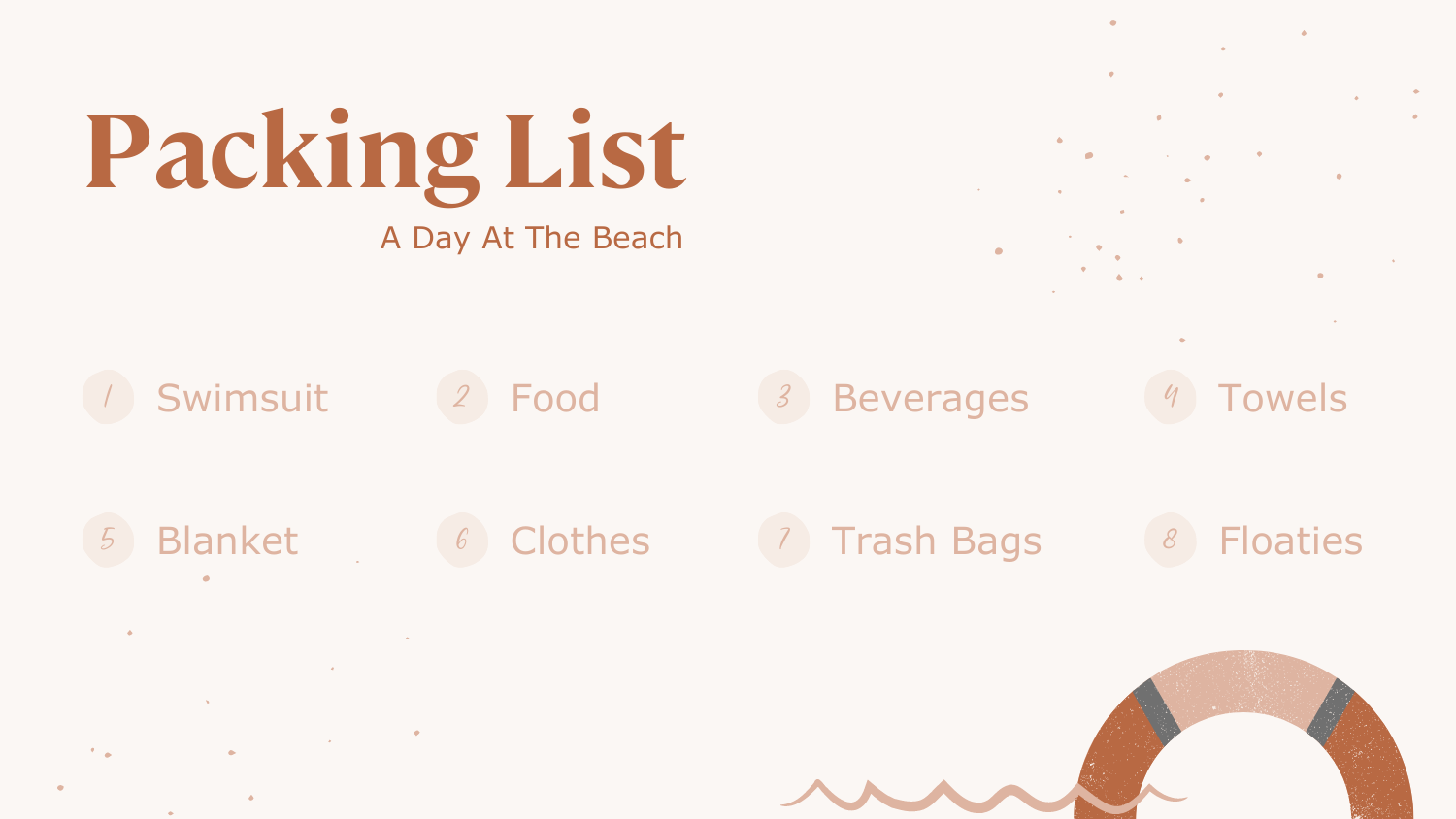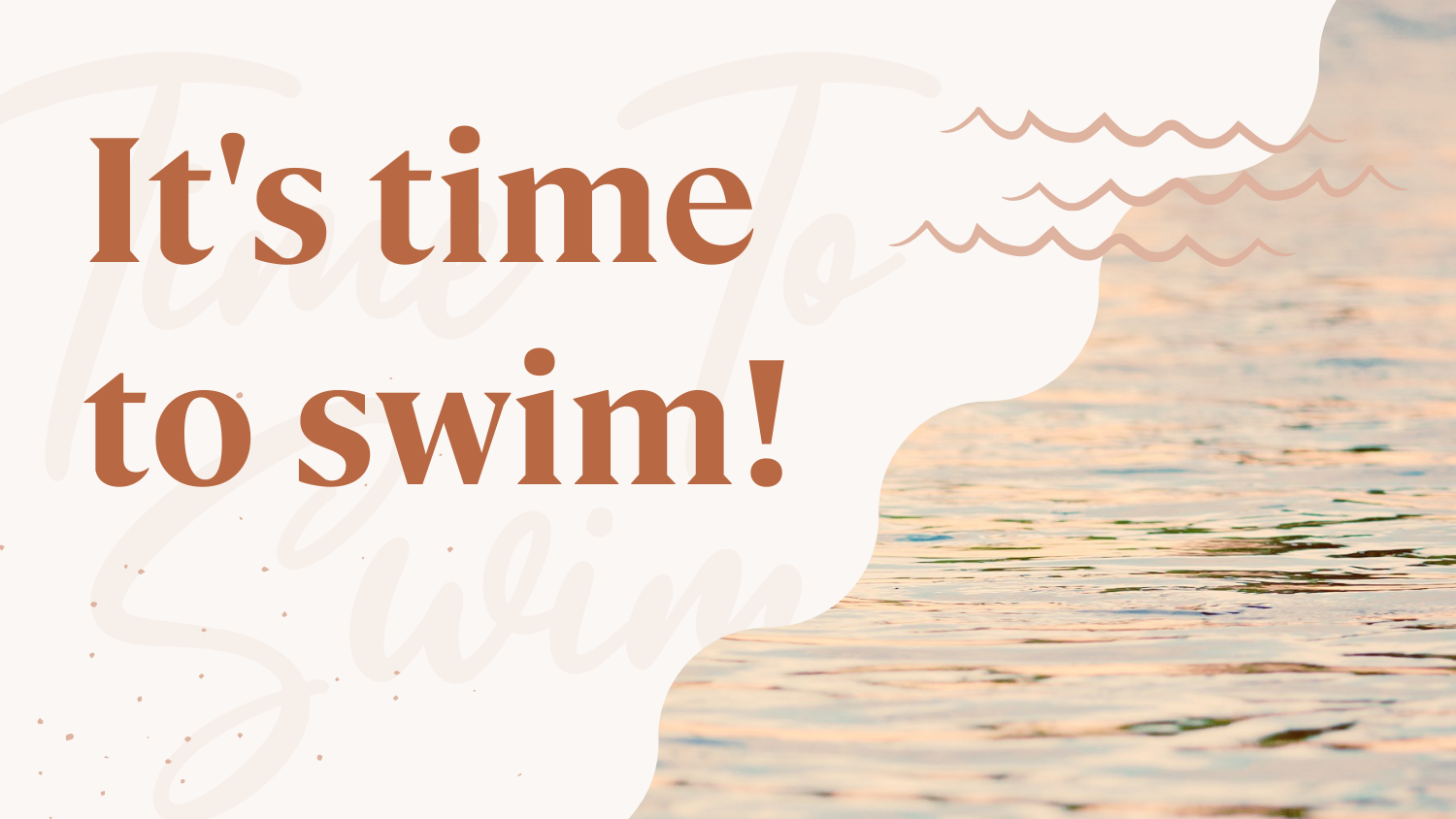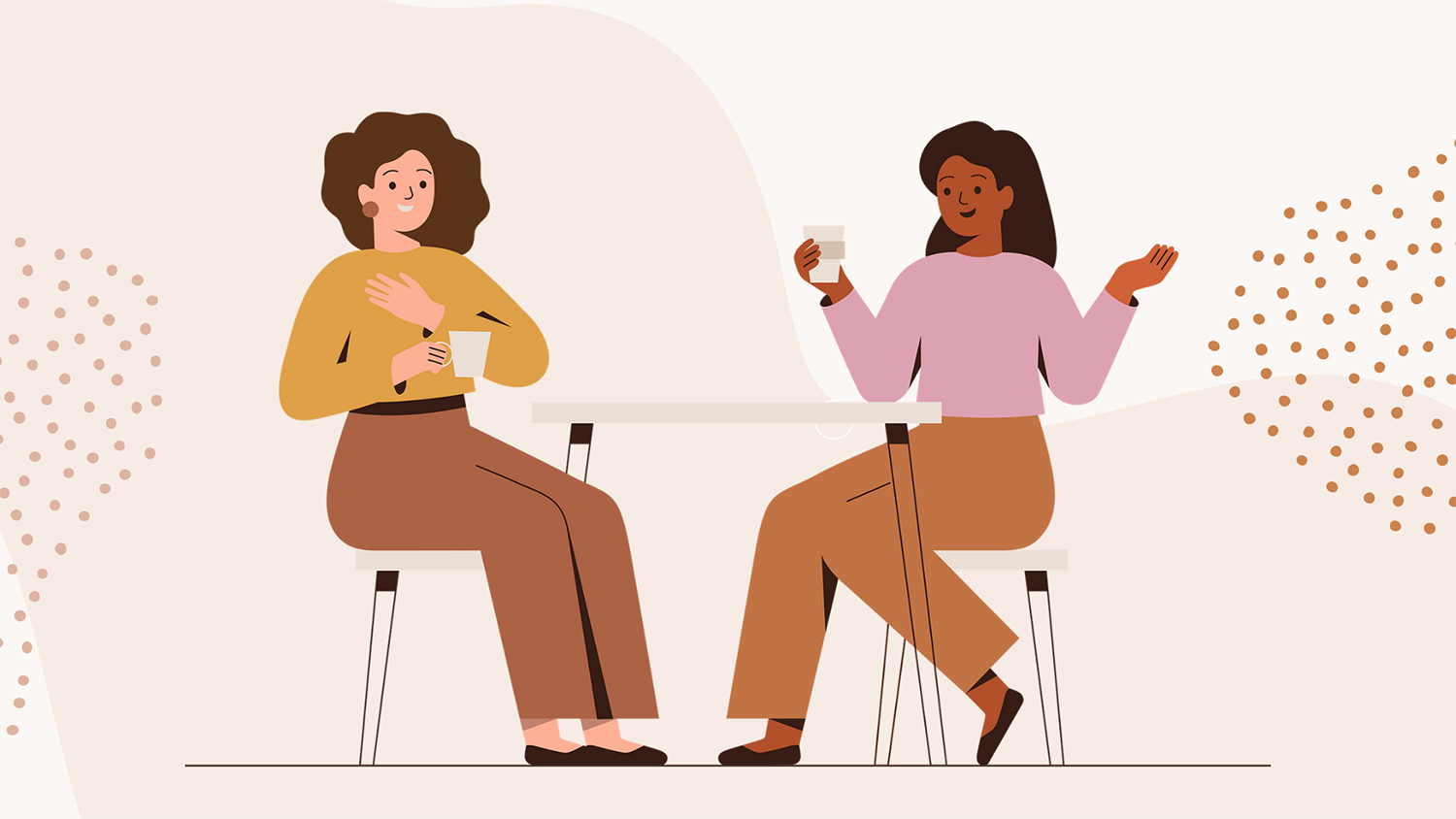Saugatuck State Park is my ultimate beach. It’s sort of secluded, but not really. It feels like a secret getaway. Driving away from the chaos of the city is part of that experience. During the 45-minute drive from Grand Rapids to Saugatuck, I gradually forget about my phone and emails and texts, and I start anticipating sand and trees and crashing waves.
Once the car is parked, the 2nd half of the adventure begins: the 30-minute hike through the woods to the beach. It’s almost a choose-your-adventure type of trail with all the winding paths, but I typically take the North Trail because it puts me farther away from people… and cell service.
On the trail, my breathing gets a rhythm, but I am also relaxed. I’m working up a sweat, which will make the water that much more refreshing. After 20 minutes of stepping over tree roots, rocks, and sand, I start to hear it through the trees: a white noise combo of wind and waves. One last climb up a dune hill, and I see the colors around me changing from brown and dark green to blue and aqua. Lake Michigan is beautiful. It’s always beautiful.
As I descend the last dune hill, I can’t help but take large galloping leaps down to the water. When I hit the water, I get my feet wet a bit, but I keep walking north to a spot that seems all my own. Once my stuff is put down, I can anticipate the swimming.
Will it be cold? Will it be clear?
Will I like it? Will I relax?
Will it be okay?
I walk in. It’s cold at first. Startling and soothing at the same time. I get up to my waist… then I just need to go for it.
When the hard part is done… and I’m all wet, and the “water isn’t cold at all – jump in!!” I can wade and float between the two worlds, connected to the warm sun above and the chilled water below. I drift until I can’t touch the sandy bottom. Eventually, my subconscious kicks in and worries I’ll drown, and then I start the journey back to shore.
When I step back out, I feel refreshed and renewed. I catch some sun, I swim again, and I have a snack. A quick repeat of this cycle, then it’s time to head home.
The trip can take me four hours from start to finish, and I can tack it at the end of a busy day when I need the reminder that most of my stress is digital and electronic
I relayed my perfect beach experience to some out-of-town friends who were intrigued about the mystical beauty of living near one of the largest freshwater lakes in the world. I invited them to join me the next day.
When we arrived, the weather had shifted from the previous day. It was cooler and overcast. The parking lot was virtually empty. The lack of cell service was annoying to my friends. The 30-minute stroll turned into a 45-minute hike because I got us lost. When the reveal happened, instead of a tapestry of blue and aqua hues, it was a tapestry of greys, which felt less inviting than I had described.

We didn’t have to walk very long for a secluded spot, and even though it was colder this time, I was soon in the water. I paddled around to stay warm, and I found my rhythm. This was still good.
Then I looked back. Everyone was still standing at the shoreline. They made it this far, but I could tell they weren’t into it.
One person yelled, “Is it cold?”
I yelled back, “Yeah, it’s cold! It’s also pretty murky too.”
I felt bad describing my beautiful Lake Michigan that way, but the lack of sun made the water feel kinda dark and harder to see through.
Then I shouted some more words: “You really gotta want this! If you think it’s going to be comfortable right away, you’re going to be disappointed. You’ll get used to it eventually, but you have to just be okay being uncomfortable at first!”
I couldn’t force them. If they weren’t willing to step into the unknown, then they wouldn’t know the joy of this. It’s an all-too-familiar reluctance: doing something uncomfortable to experience a fuller life.
With painful grimaces and awkward jerks, they tiptoed into the waters. It was less than graceful, but they made it. They made the plunge. And you know what? They got used to it. Then sun came out, and for a brief moment, it felt like the heaven that I described. We made happy memories that day not because everything worked out but because it sorta didn’t, and we decided to have fun anyway.
That beach day could have given my friends a bad taste for beach days. Luckily, they made the choice to jump in. They got used to it, and they had a great time while doing it. I remember this trip because it affected future beach trips.
Now I check the weather before making a whole day of activities. I think about the amount of stuff we’re bringing or the mobility of the people in my group. Seeing the unknown through someone else’s eyes makes me second guess if we should go at all.
Desire Lives In Positive Memories, Recollection, and Anticipation
It’s hard for me to accept, but some people hate the beach, and I think I understand why now. We make our current decisions based on our memories. An early bad experience can reroute us forever.
Our minds, from an early age, tend to find patterns. It’s how the brain trains itself to learn and adapt. We bring these learned patterns well into adulthood, and they help us make quick (or hasty) decisions. (Cognitive bias, anyone?) Cognitive bias is an umbrella term that refers to all the different ways in which our memories affect how we experience information and affect our judgment and decision-making. They can distort our memory of the past, our prediction of the future, and our perception of the present.
For an upcoming experience, we can feel something between excitement and dread, based on our past recollection of it. We desire the world to make sense to us, so we strip away its endless nuance and boil it down to a simple cartoon of itself. It’s a bad time, or it’s a good time.
I can’t make someone want to jump into the cold and choppy waters of Lake Michigan and like it, but I can bring someone to the shoreline and show them what it looks like to take the plunge. Sometimes you need to see someone on the other side who can help you realize how much fun you could have before doing it yourself.
Similar feelings come up when thinking about your website. (See? They’re the same!!) Based on past experience, redesigning your website can be fun and fruitful, or it can be traumatic and painful.
"Cognitive Bias, Hedonic Adaptation, and Neuroplasticity, Oh My!"
People can get used updating their website regularly (and actually enjoy it!) but it takes practice.
Hedonic adaptation, or the hedonic treadmill, is the tendency of humans to quickly return to a stable state of happiness despite significant positive or negative life changes or events. Whether that be winning the lottery, becoming paraplegic, jumping into cold water, or learning how to use your website, people adapt to the situation they’re in and typically return to the mindset they’ve always been in.
Neuroplasticity is the ability of the brain to rewire itself. At the most basic level, ANY learning experience changes the brain. Our brain is continually evolving based on our actions and experiences. Neural pathways get formed based on our habits and behaviors. And as we repeat our routines, these paths get reinforced. The way your mind is structured will determine the person you become, the life that you live, and the fulfillment you realize. Once you’re set in your ways… well… it’s hard to break from that.
But… forcing yourself to practice things that are scary and uncomfortable… can help rewire your brain and help make it easier and actually… fun.
Websites can be a beautiful expression of the values and mission of your group. They can be great tools for learning, connection, and engaging with other like-minded individuals. Crafting a website that authentically tells your story can feel like a lot of work. It can be painful and tedious. Still, with a bit of preparation and a desire to take the plunge, it can also be rewarding.
So let’s plan our “beach day,” shall we?
Action
What do you want to do?
Feel
How do you want to look?
Accessibility
Who are you going with?
Atmosphere
What's the weather like?
Maintenance
Do you want to go again?
Anticipate the uncertainty of the first-time beachgoer.
Communicating what you want to share through your website can feel like a daunting task at first. There is a bit of preparation involved with making sure that the experience feels authentic to you. That’s where we come in. We help you craft a digital representation of yourself that you’d actually want to share. (Buy a swimsuit you’d actually want to wear!) Together, we can develop a framework that does what you need it to do, then we teach you how to use it to be creative with your brand. The first time can be scary. But you can rewire your brain and practice what you want to do. If you’re committed to this being a consistent part of your journey, then future iterations will get easier and more fun.
More than anything, you need a desire to jump in and get wet. “You gotta want it!” If you don’t want to swim because you’re self-conscious of how you look in front of others, then no amount of right atmosphere can make you want it. YOU need to be the one who gets into the suit and plunges into the currents of the web. You need to decide when you’re ready to put yourself out there. You gotta want it. Once you decide you want it, then no amount of cold water will stop you from jumping in and making the best of it.






